The retirement of the PV Indian
The push to change the mascots
Discussion surrounding the PV Indian mascot has “been going on for years,” according to district Superintendent Erik Gundersen. Several clubs and community members spoke out in favor of removing it in the months leading up to June’s Board of Education meeting.
(Editor’s note: Some have questioned the timing and perceived suddenness of the decision to retire the Pascack Valley and Pascack Hills mascots. In our second installment of our “What’s in a Name?” coverage package, Editor in Chief Ellie Kim and editor Abby Shapiro explore what played out during the days and weeks leading up to the decision. To remain transparent with our audience, two of the seven staff writers in this package have been involved with the PV One Spirit club.)
The Board of Education meeting on June 22, lasted for two hours and 30 minutes. The Board discussed and approved the retirement of the Indians and Cowboys mascots near the end of the meeting. The topic “Discussion of School Mascots” was put under Old Business on the regular meeting agenda, which was available to the public on the district’s website prior to the meeting.
During the comments from the public section at the Board meeting, over 50 community members, including parents, PV graduates, and current students, commented on the mascot’s retirement.
“The mascot is not what makes Pascack Valley great, it actually mars what Pascack Valley stands for,” PV 2015 alum Mclean Ambrogio said.
After two hours of discussion, BOE member Arnold Scher motioned to remove both mascots during the policies portion of the meeting.
“Perhaps once upon a time there was a sense of rivalry between the two schools, but we don’t foster that kind of environment anymore so we shouldn’t have nicknames that [conflict with] each other,” BOE member Kenneth Ralph said before the motion to remove the mascots was put to a vote.
The motion passed by a unanimous 9-0 vote.
The lead-up
Although there has been conversation about the mascot in the past, it wasn’t at the “forefront of the work that the district was doing” at the time, district Superintendent Erik Gundersen said in a September interview with the PV Student Publication. Recently, the district had been focusing on its goal of equity and inclusivity.
President Tammy Molinelli, who was interviewed in July, is the only member on the Board who is allowed to comment to the press. Regular Board members can not make comments to the press outside of official meetings.
“If inclusion and diversity embraces everyone as being unique, having mascots that compete with each other is a little counterintuitive,” Molinelli said.
Molinelli said that the decision to remove the mascot was based on facts. She said that “experts and past students helped them to understand the harm that this mascot was doing to individuals.”
“The Board’s only job is to look at policy. We’re not political. We don’t do things personally,” Molinelli said. “We just simply look at factual information. And we ask the singular question: What is in the best interest of students today and students in the future?”
Discussion of the PV Indian mascot arose during a BOE meeting April 27. Although the focus of the meeting was primarily to address concerns about a graduation ceremony, several parents and students spoke in favor of removing the mascot. This came in the wake of a t-shirt created by a PV parent, which displayed the Indian logo wearing a mask. The t-shirt was not endorsed by the district.
“We have not been approving any apparel with the Indian head logo on it for quite some time,” Gundersen said at the April 27 meeting. “I can understand why [the t-shirt is] offensive.”
The push to retire the mascot
The decision to retire the two mascots on June 22 came on the heels of two ad hoc meetings between members of the Board and the PV One Spirit and Human Rights League clubs, district Superintendent Erik Gundersen said. The Board occasionally creates ad hoc (temporary) committees to address certain topics, according to Gundersen. A committee can not have more than four Board members present at a time, or else the meeting becomes official and must be advertised and open to the public.
“We [have meetings] all the time, in a variety of different committees that are ongoing, like our policy committee or finance committee or buildings and grounds committee,” Gundersen said. “There are a whole slew of Board of Education permanent committees and ad hoc committees that can get together.”
Several community members, including ones from the PV One Spirit Club and the Human Rights League, have advocated for the removal of the Indian head mascot. The One Spirit club believes that it has a “responsibility as Americans and students themselves and others about Native American culture and values,” according to its website. Students who are part of the Human Rights League discuss, educate, and advocate for human rights. In the past the group has proposed adding education about the Indian mascot to the school curriculum.
Rachel Cohen and Olivia Jones, last year’s One Spirit presidents, formed a committee of students to help them advocate for the removal of the Indian mascot. The group was composed of current One Spirit presidents Paige Gorman, Sarah Tamagny, and Lucy Disalvo, as well as Human Rights League member Skylar Fay.
With help from history teachers and One Spirit advisers Leah Jerome and Marisa Mathias, as well as PV’s school psychologist Dr. Steven Myers, the student group presented three reasons to remove PV’s mascot — history, psychology, and moral obligations to our society.
“Leading up to the decision [to remove the mascots], we started a Twitter campaign. Our biggest goal wasn’t to try to argue with people, it was more to educate — we wanted people to understand why we feel the way that we do,” Jones said.
The group gave a presentation to members of the BOE in two separate ad hoc meetings. They voiced their concerns about the mascot’s effects on the school’s environment.
“We have a mascot that has been proven to lower the self esteem of American children and adults,” Gorman said. “I think it’s a bizarre concept to have a minority, especially a minority in which a genocide was committed against, as a mascot.”
The sessions were not official Board meetings, since only half of the members were present at a time. The presentations took place at the end of the school year in the two weeks leading up to the June 22 Board meeting.
“Everything [official is] done publicly, there’s not a single thing that is done by the Board of Education that is not public and is not meant for public record,” Molinelli said.
Molinelli said private personnel matters and staff issues are the only topics discussed during closed sessions. Otherwise, the topic is discussed in a public setting. Additionally, Molinelli said the Board is not required to “stick to a very strategic specific agenda” during meetings. All community members are allowed to attend meetings and speak during the public comments portion.
“The Board didn’t go out shopping for a controversial issue to drop into the community for the sake of doing [so],” Molinelli said. “It really was an organic policy decision we made based on a very large amount of people coming to us expressing extreme distress over not only the logos individually, but the fact that there was a rivalry [with] the Cowboys and Indians between the two schools.”
(Coming next: The reaction to the Board of Education’s decision.)
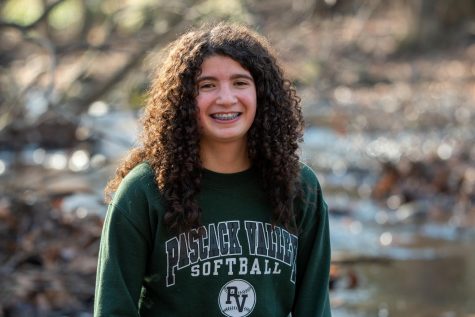
Abby is a sophomore and has been writing for the publication since she was freshman. She is excited to expand her writing palet further and continue to...



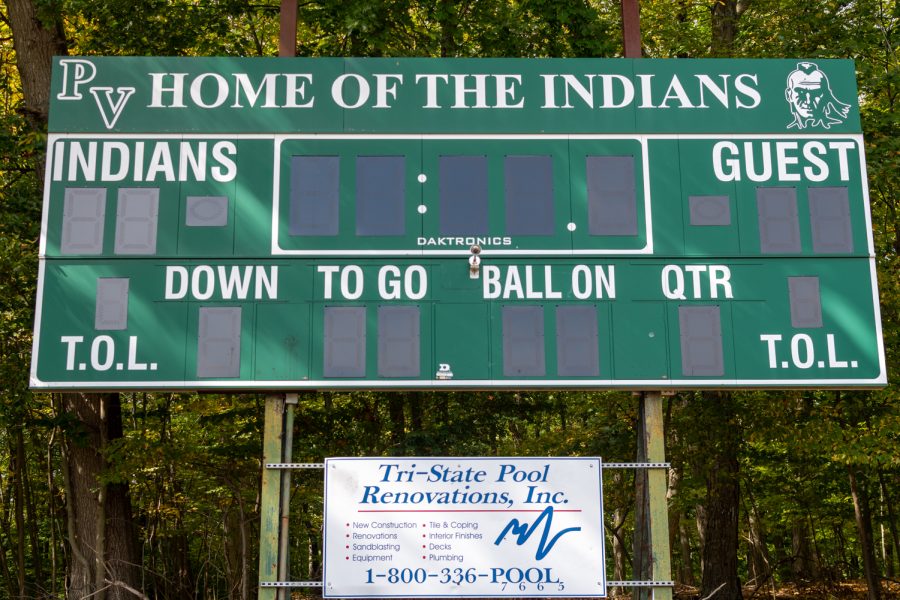

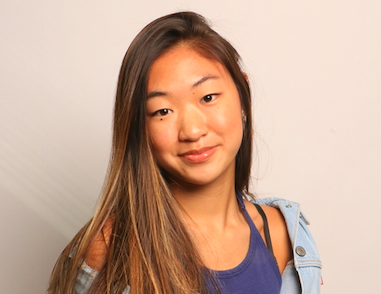

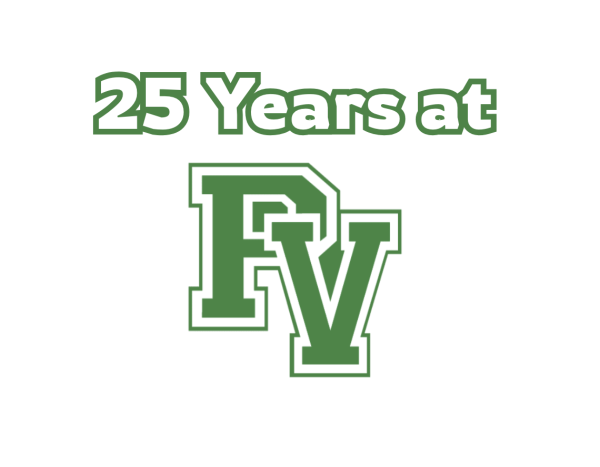
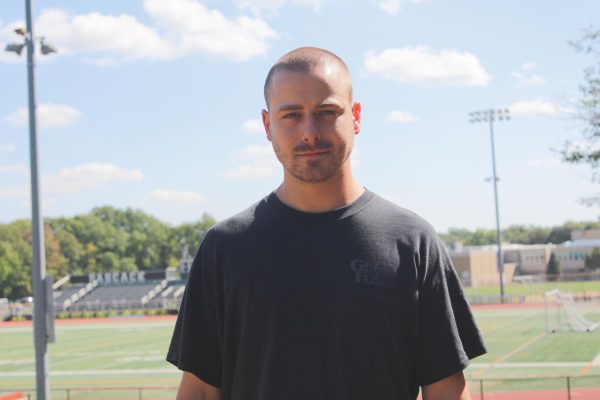
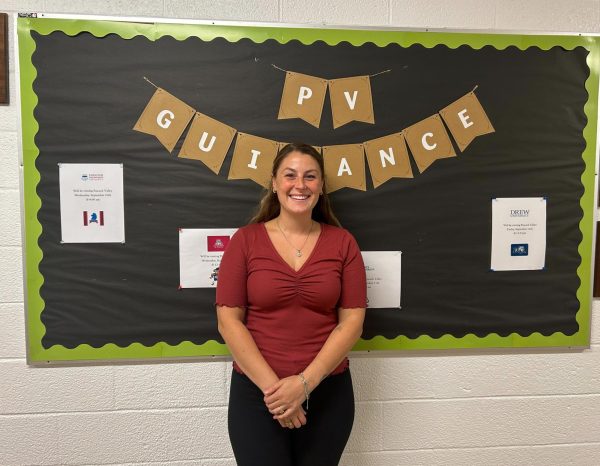
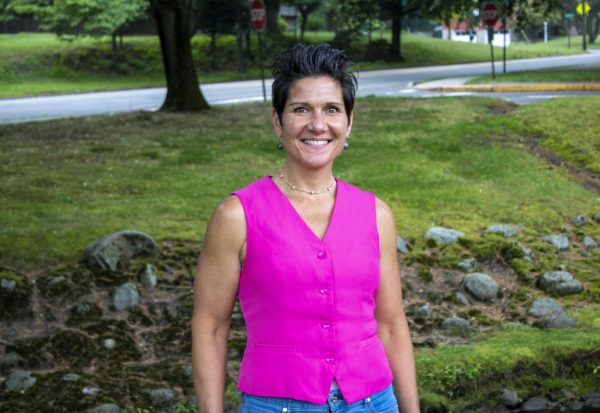
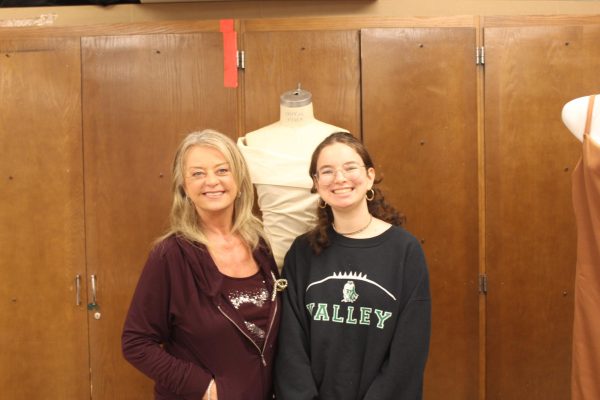
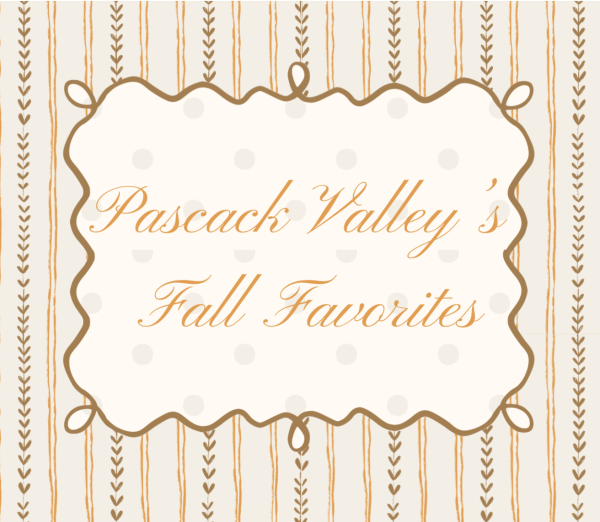
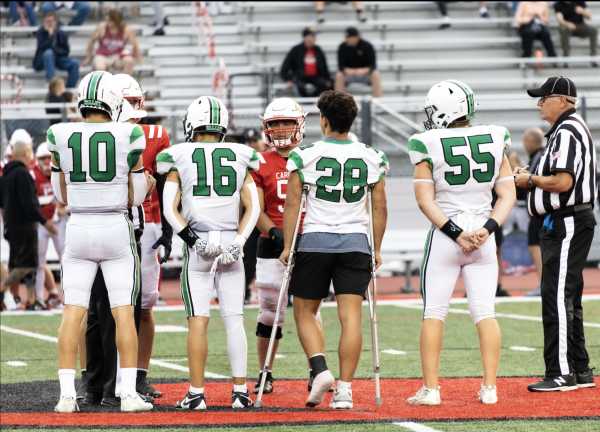
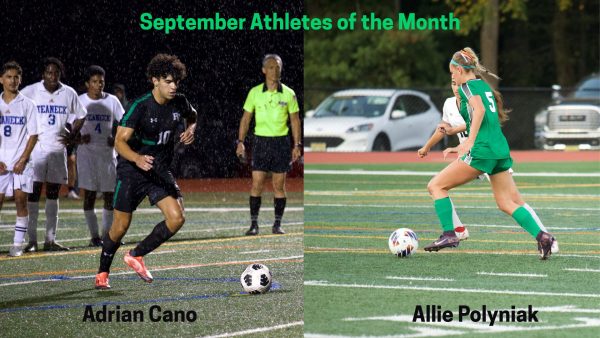
Chris Martin • Oct 24, 2020 at 10:30 am
Ellie and Abby,
Thanks for the article, appreciate the time and effort involved. However, I think very important to include other details and context that are not included in your story.
To start, leading up to the June 22nd meeting, are you aware that Dr. Gunderson emailed two PV faculty members, two current teachers, Leah Jerome and Marisa Mathias, both mentioned in your article, and stated to them, and I quote, “if One Spirit has coordinated if/who will be speaking on behalf of the organization – please let me know. If possible, I will call on that person to speak first, during public comments so they can set the tone for further comments”. This email is public record, obtained legally via an OPRA (Open Public Records Act) request. I think it’s easy to say that when the head of the district decides who will speak to set the tone of a meeting, it doesn’t sound as if the meeting is “inclusive” of all. Quite the contrary in fact. The Board had an agenda for this meeting. When I say agenda, I am not referring to the “Public Agenda” that stated there would be discussion of the mascot. The agenda I refer to is in setting the tone for a meeting, where at some point, another Board member would spontaneously have the idea to pass a motion to retire the mascot. Please add further context…..the meeting on the 22nd, although posted on the Boards website, was not as widely attended as it may have been, had the public been aware that an actual vote was going to happen that night. The public agenda only mentions a discussion of the mascot, NOT a vote. Had the public known, I firmly believe that this meeting may have gone quite differently. Perhaps it would have made more sense to table the vote for the next meeting so the public knows EXACTLY what the Board was going to do. I am aware that not all issues/decisions the Board makes need to be know in advance, however you cannot tell me, in good conscious, knowing how many in the public have considered this a sensitive issue, that this decision could not have been done in a more transparent, and publicly inclusive manner.
If I may, I want to back up a little further to set the tone for that meeting, and reference the ad hoc meetings you mention above, that led up to the June 22nd meeting. Also obtained in the OPRA request, was and email to Ms. Jerome and another individual (name blacked out for privacy, possibly a student), were Dr. Gunderson discusses setting up a Zoom call with four BOE members to meet with One Spirit to “learn more about the perspective of the students as it pertains to the school’s mascot and engage in some dialogue about the differing perspectives that people have about the mascot”. How are differing perspectives gained if you meet ONLY with the group that is leading the charge to change the name, no less being run by faculty members? Further, in that same email, Dr. Gunderson states “Right now, I am looking to cap this to four BOE members so it does not have to be open to the public. This will promote a more open and honest dialogue”. Let that sink in for a second. The head of the BOE openly stating that he wants to cap the meeting to four BOE members, so this will be considered and ad hoc meeting so the public WILL NOT be involved. I personally find this appalling. Why should the public not be included, or aware of what our publicly elected representatives are doing when dealing with such a contentious issue?
In the time leading up to all of the above, students weren’t in school, graduation was in flux, everyone is dealing with the current pandemic, and our Board is worried about mascots. Throwing more on the minds of students, losing their mascot in such a stressful time was not something the Board should be worried about. Further, now having no “name”, current students have nothing to rally around. I find the Boards actions shameful.
When President of the Board, Ms. Molinelli states in your article “Everything [official is] done publicly, there’s not a single thing that is done by the Board of Education that is not public and is not meant for public record”, I think the topics I discussed above refute that in totality. In reading her statement, nothing could be further from the truth
I firmly believe, based on the above, the “agenda” (re: vote) was set and ready to go on June 22nd, with virtually no public to stand in the way, no less voice their opinions or concerns.
A bit on background on me. I was not born in the area and did not attend PV, so have no allegiance to the mascot name, nor any anger to the change. However, I am appalled at the manner in which it was done, via the lack of transparency by the current Board and lastly, the timing of in which the decision/vote was done. With that said, I have lived in Hillsdale for 22 years and do have two students currently attending PV. The lack of a mascot takes away a symbol by which the students can rally around, and the Boards lack of planning around this left them with nothing. What is the plan to rename and when? The Board has no answer yet. For further transparency, my wife Kristin Martin is running for one of the open seats on the Regional BOE. For many reasons, including the above, were involved in her decision to do so. Further, her platform clearly states that the name change is in the rear view mirror, and we should address the new name issue right away, so the current students don’t finish their time at PV and PH, as nameless.
Again, appreciate the article and appreciate the outlet to get the facts out.
Best,
Chris Martin